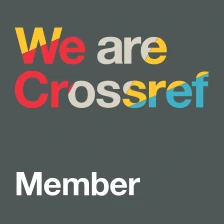Who’s Who at the Border? A rights-based approach to identifying human trafficking at international borders
DOI:
https://doi.org/10.14197/atr.20121322Keywords:
trafficking, smuggling, identification, border, indicators, human rightsAbstract
International borders are widely touted as bastions in the fight against trafficking in persons. This article acknowledges the important role border officials play in preventing human trafficking, but calls for expectations to be tempered by deference to the conceptual complexity of cross-border trafficking and the migration processes involved. The fact that many trafficked victims begin their journeys as irregular or smuggled migrants highlights the challenge posed to border officials in identifying trafficked persons among the people they encounter. Indicators of trafficking generally relate to the exploitation phase, leaving border officials with little guidance as to how persons vulnerable to trafficking can be accurately identified before any exploitation has occurred. Ultimately, this paper advocates a pragmatic rights-based approach in designating anti-trafficking functions to border officials. A rights-based approach to border control acknowledges the core work of border officials as being to uphold border integrity, while ensuring that their performance of this role does not jeopardise the rights of those they intercept nor result in missed opportunities for specialists to identify trafficked persons and other vulnerable people among them.Metrics
Published
How to Cite
Issue
Section
License

This work is licensed under a Creative Commons Attribution 4.0 International License.
The Anti-Trafficking Review has a policy of licensing under the Creative Commons Attribution License (CC-BY). Under the CC-BY license, the public is free to share, adapt, and make commercial use of the work. To protect our work and that of our authors, however, users must always give proper attribution to the author(s) and the Anti-Trafficking Review (i.e. with a complete bibliographic citation and link to the Anti-Trafficking Review website and/or DOI).
The Anti-Trafficking Review promotes the sharing of information, and we therefore encourage the reproduction and onward dissemination of articles published with us.








